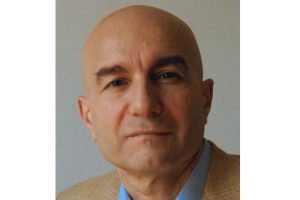
Abstract: Fluid turbulence is a double-edged sword for the navigation of macroscopic animals, such as birds, insects, and rodents. On the one hand, environmental turbulence is a potential source of propulsion and energy. It can also allow animals to locate food (or mates) by their odors from long distances — molecular diffusion is often unable to spread odors over relevant distances in natural conditions. On the other hand, turbulent flows are hard to predict, and learning effective maneuvers to navigate and control them is challenging. I will present a few natural examples of the above dichotomy, discuss how animals tackle the corresponding problems, their relevance for robotics and human technology, and their formulation as decision problems.
Bio: Dr. Massimo Vergassola holds positions at the CNRS in Paris and the University of California San Diego. He was educated in Italy and France and was a postdoc at Princeton University. He was head of the Unit “Physics of Living Systems” at the Pasteur Institute in Paris, and has been a visiting scientist at Rockefeller University, the Kavli Institute for Theoretical Physics, the Institute for Advanced Study, Los Alamos National Laboratory, the Weizmann Institute of Science, and the Institut des Hautes Études Scientifiques. Vergassola has received several awards and was chair of the biological physics division of the American Physical Society. His scientific interests broadly cover quantitative aspects of living systems, with particular interest paid to embryonic development and animal behavior.
Host: Chen Li